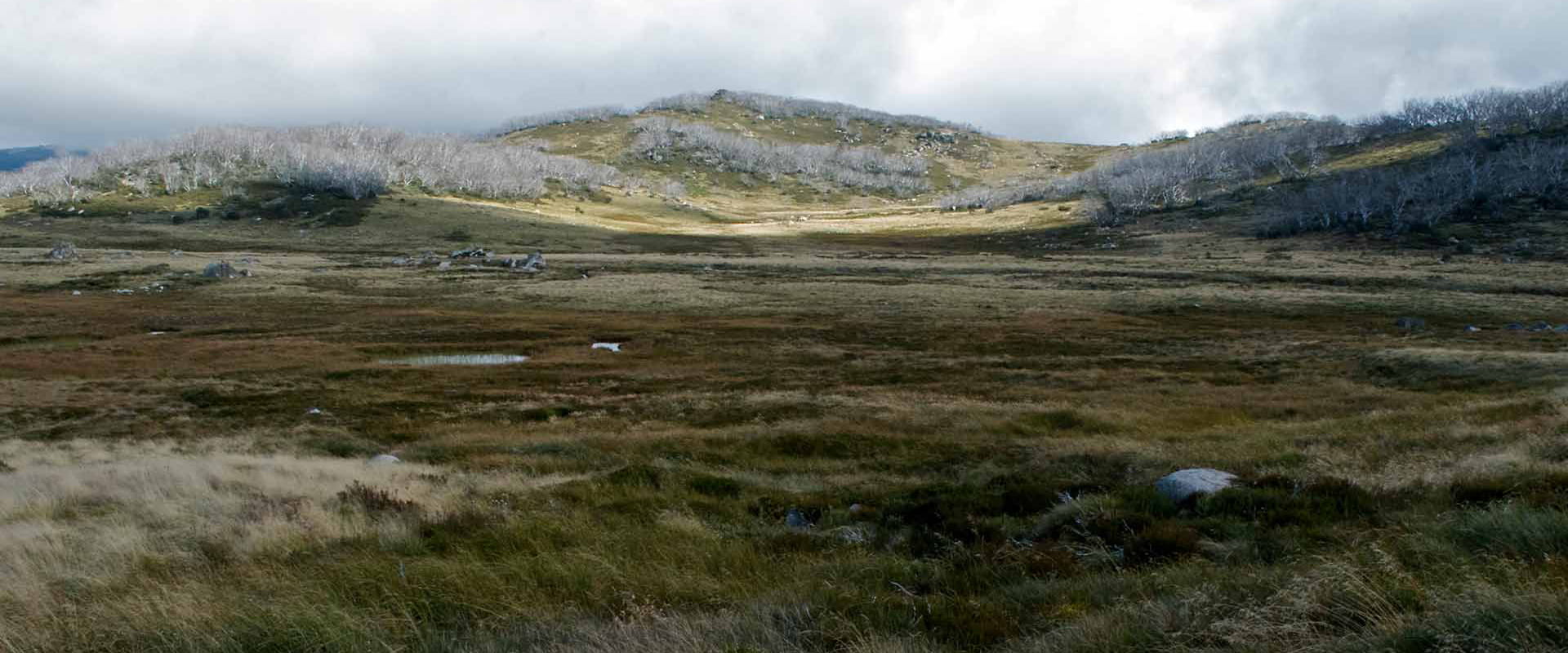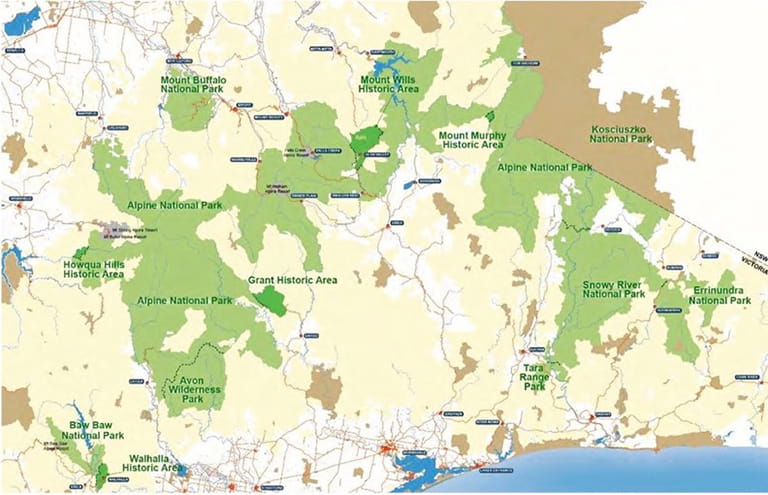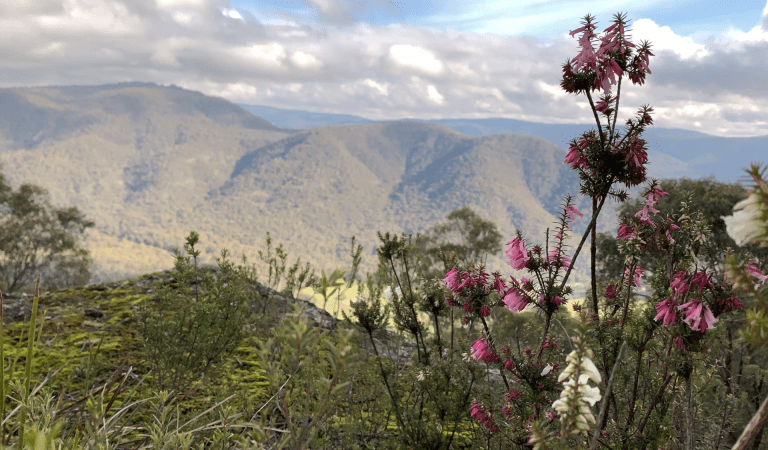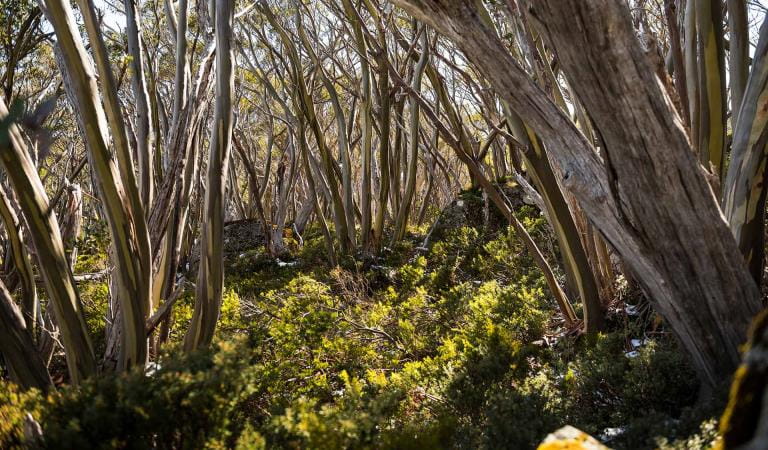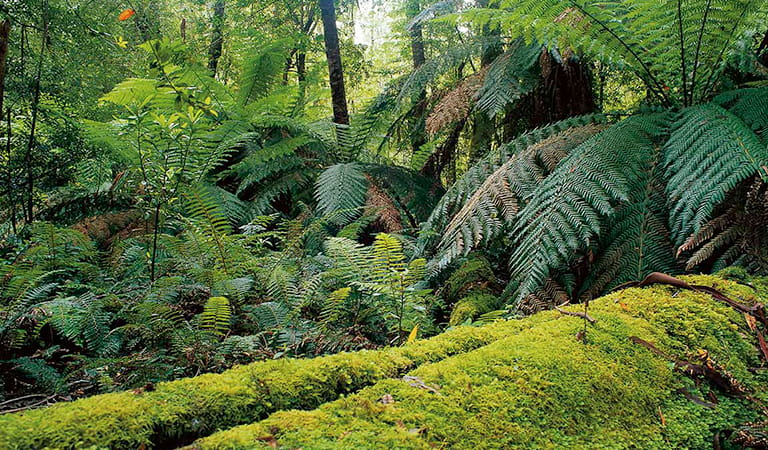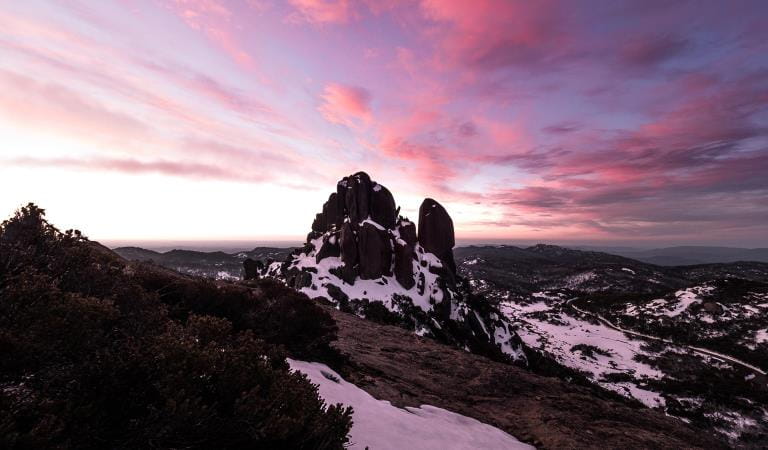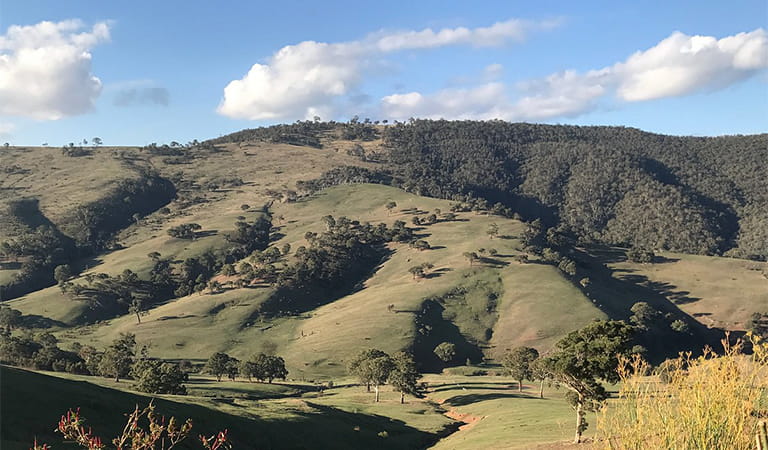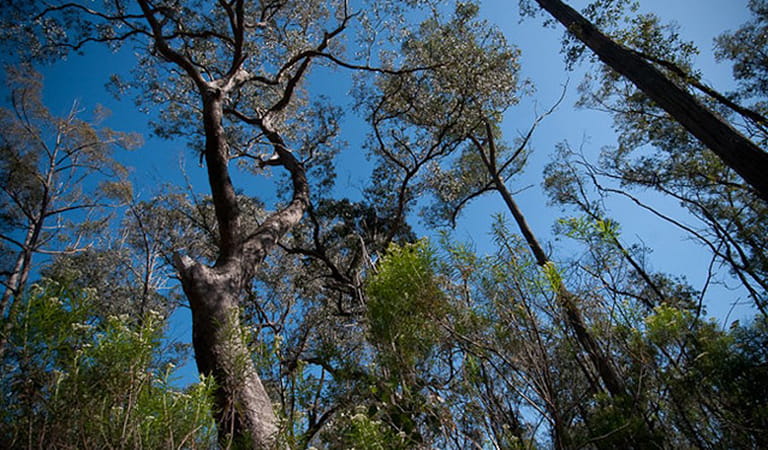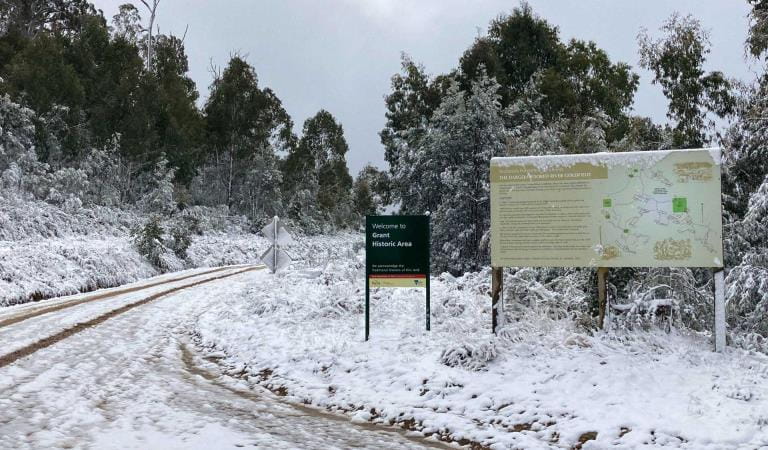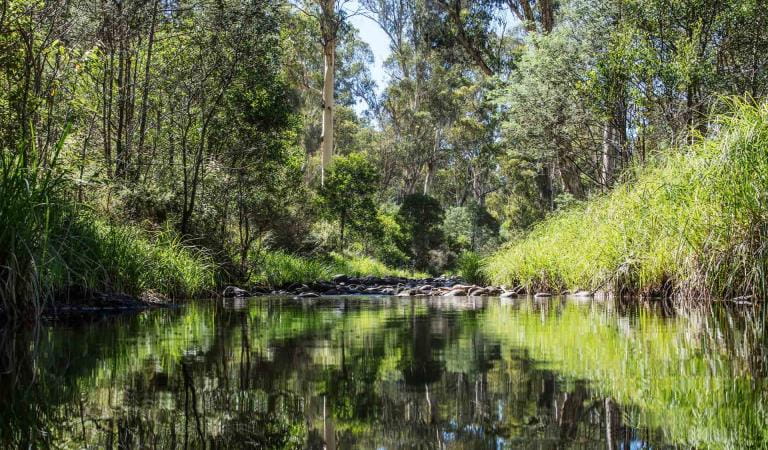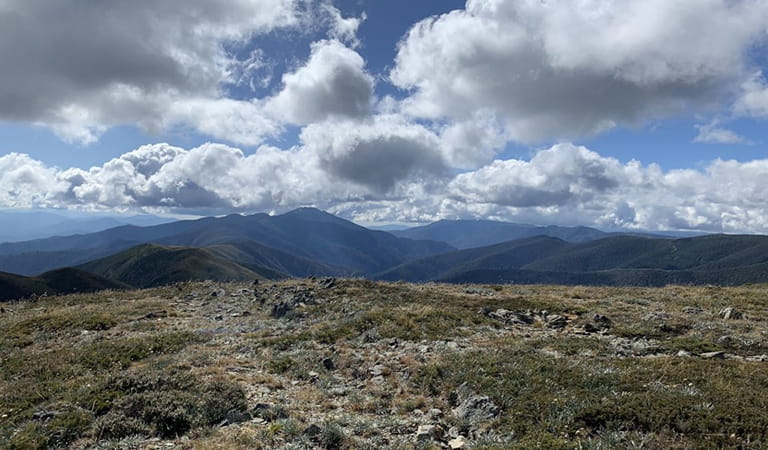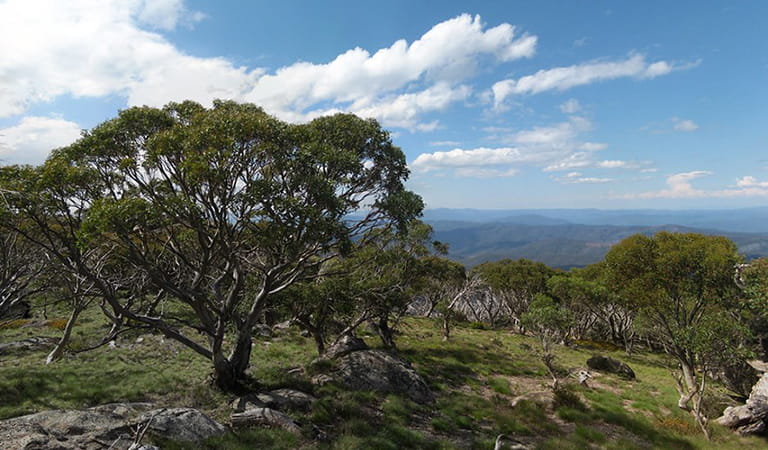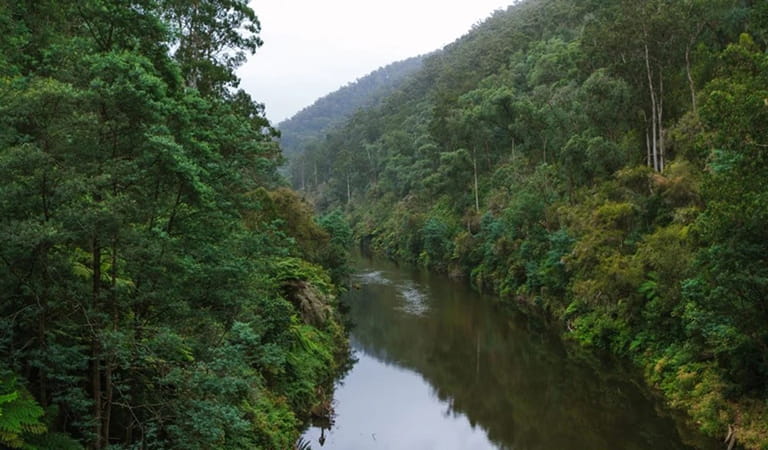Extent of the Victorian alps and areas managed by Parks Victoria (as part of the Australian Alps National Parks). Image credit: Parks Victoria.
The Victorian alps may constitute less than 4% of the state, but over 1700 endemic plant species have been recorded within this region.
The parks within this region protect Victoria’s highest mountains, including some of Victoria’s most intact natural country, nationally listed spectacular and distinctive landscapes and geology, and a diverse range of flora and fauna. It totals over 900,000 ha within Victoria’s alpine and eastern highland areas and is one of the few places in the state that snows regularly throughout winter, creating snow-capped mountain ranges and freezing temperatures at elevations which can be more than a thousand meters above sea level. Mount Bogong is the tallest peak within Victoria, with an elevation of 1986 metres.
The Victorian alps form part of the overall Australian alps, which straddles the Great Dividing Range in Victoria, New South Wales and the Australian Capital Territory. This region is managed as part of the Australian Alps National Parks, which covers the parks and reserves as one biogeographical entity, as opposed to state/territory jurisdictions. This page will feature the Victorian part of this management story.
This region is one of the most at risk of human-induced climate change; warmer temperatures in the future will limit the growth of species that have adapted to alpine environments and promote species that are better adapted to warmer climates. We are all delicately intertwined in the future of the alps, as intensifying climate regimes warp the precarious balance between this landscape thriving and disappearing entirely.
The Victorian alps represent one of the most biodiverse regions in Victoria. Of the 60 plus Ecological Vegetation Classes recorded in these alpine areas, over half are classified as endangered, vulnerable, or depleted. Alex Baillie Costin (1925-), an international authority on the ecology of high mountain ecosystems, once remarked: “The Australian alps represent to the world a large and irreplaceable sample of Australian national history.
Parks Victoria recognises the immeasurable scientific and conservation value of this landscape, and as the statutory authority of these parks, is committed to protecting these areas for future generations.
The parks within this region protect Victoria’s highest mountains, including some of Victoria’s most intact natural country, nationally listed spectacular and distinctive landscapes and geology, and a diverse range of flora and fauna. It totals over 900,000 ha within Victoria’s alpine and eastern highland areas and is one of the few places in the state that snows regularly throughout winter, creating snow-capped mountain ranges and freezing temperatures at elevations which can be more than a thousand meters above sea level. Mount Bogong is the tallest peak within Victoria, with an elevation of 1986 metres.
The Victorian alps form part of the overall Australian alps, which straddles the Great Dividing Range in Victoria, New South Wales and the Australian Capital Territory. This region is managed as part of the Australian Alps National Parks, which covers the parks and reserves as one biogeographical entity, as opposed to state/territory jurisdictions. This page will feature the Victorian part of this management story.
This region is one of the most at risk of human-induced climate change; warmer temperatures in the future will limit the growth of species that have adapted to alpine environments and promote species that are better adapted to warmer climates. We are all delicately intertwined in the future of the alps, as intensifying climate regimes warp the precarious balance between this landscape thriving and disappearing entirely.
The Victorian alps represent one of the most biodiverse regions in Victoria. Of the 60 plus Ecological Vegetation Classes recorded in these alpine areas, over half are classified as endangered, vulnerable, or depleted. Alex Baillie Costin (1925-), an international authority on the ecology of high mountain ecosystems, once remarked: “The Australian alps represent to the world a large and irreplaceable sample of Australian national history.
Parks Victoria recognises the immeasurable scientific and conservation value of this landscape, and as the statutory authority of these parks, is committed to protecting these areas for future generations.
Areas of interest
Alpine National Park
Includes 18 Reference Areas, six Wilderness Zones, eight Remote and Natural Areas, six Natural Catchment Areas and two Heritage Rivers.
Baw Baw National Park
Includes one Reference Area, one Remote and Natural Area and one Heritage River.
Errinundra National Park
Includes two Reference Areas, one Remote and Natural Area and two Natural Catchment Areas.
Mount Buffalo National Park
Includes one Reference Area and one Remote and Natural Area.
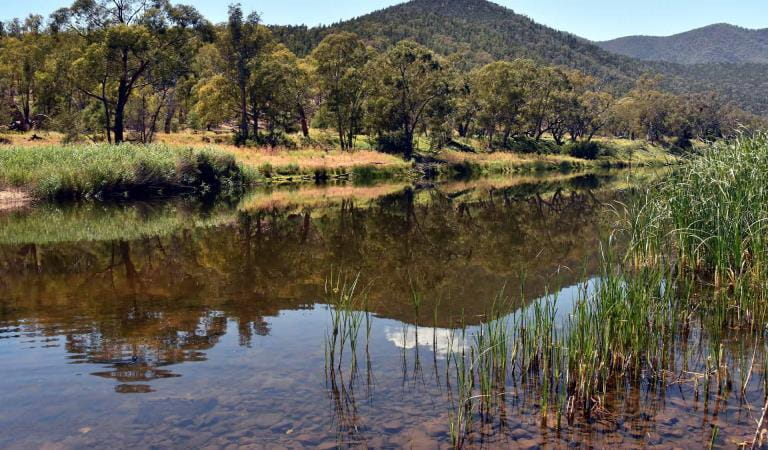
Snowy River National Park
Includes two Wilderness Zones; three Reference Areas; and three Natural Catchment Areas.
Avon Wilderness Park
Includes part of Avon, Turton, and Dolondrook Rivers and Ben Cruachan Creek Natural Catchment Area.
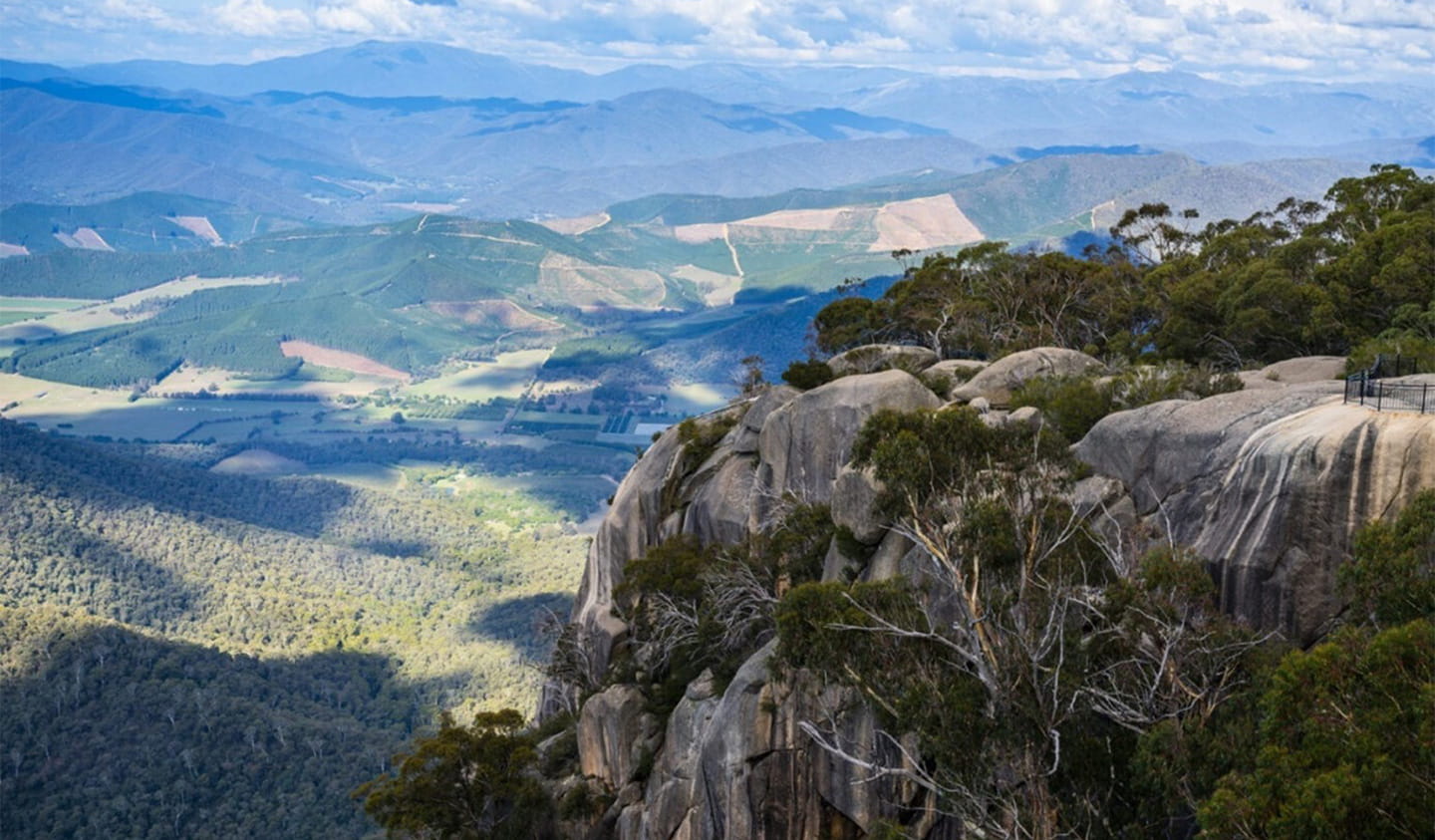
The Victorian alps are a dynamic region that is still undergoing immense geological uplift.
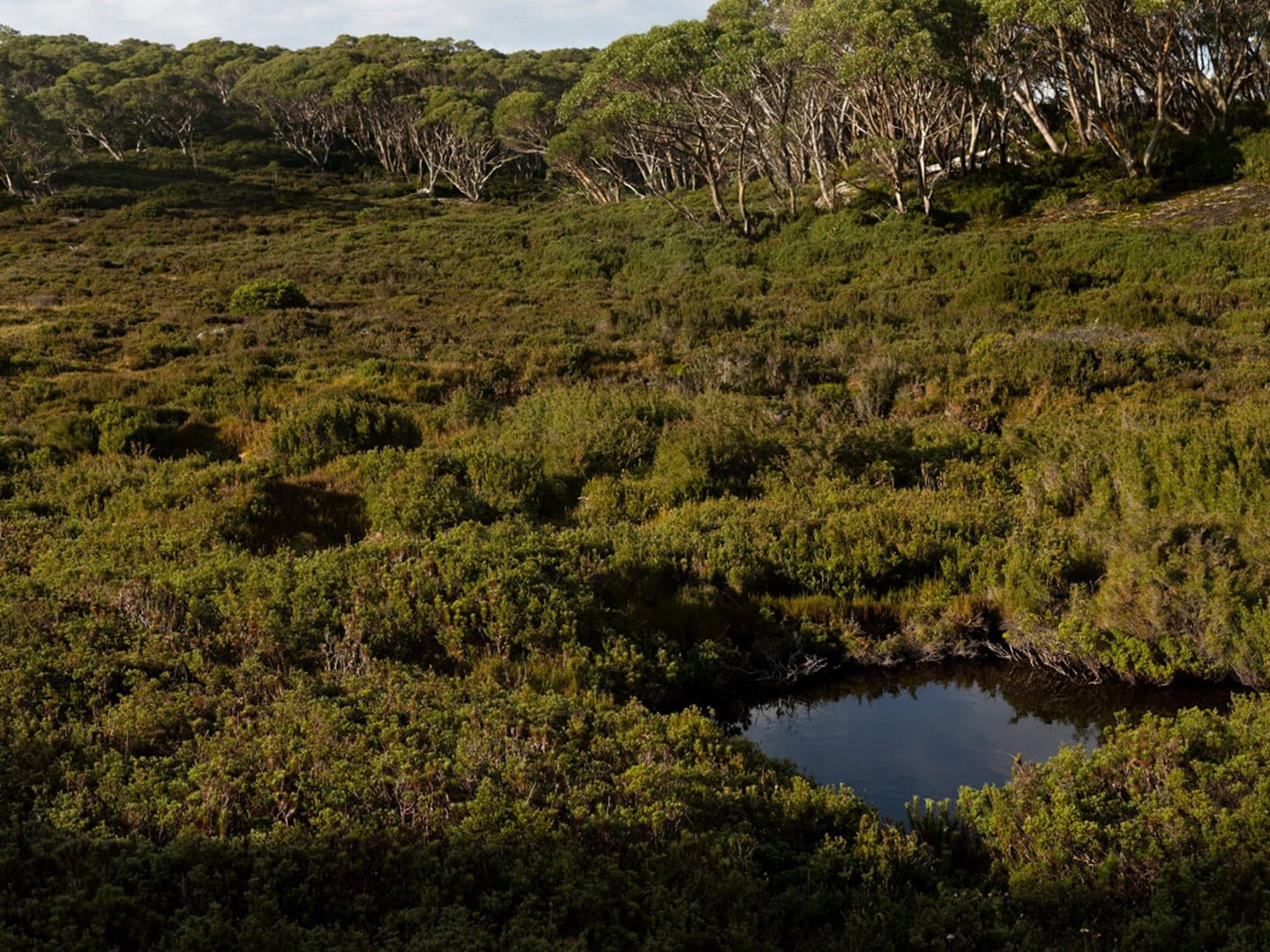
Alpine vegetation is often fragile and sensitive to disturbance.
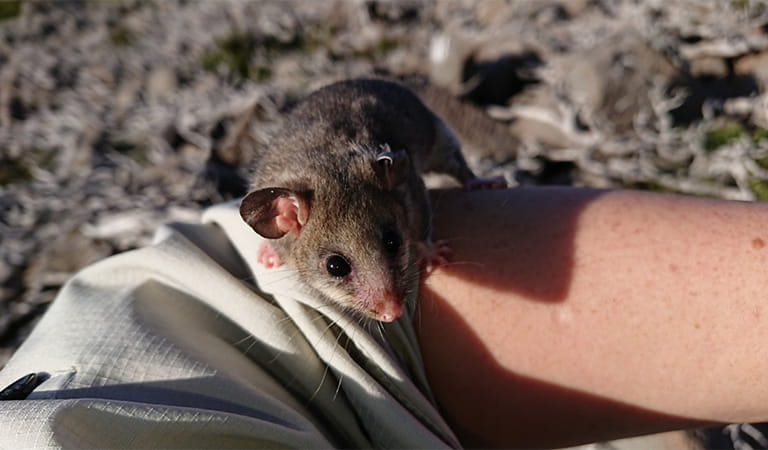
The animals that have evolved with this climate are incredibly unique; more than 300 native vertebrates (back-boned animals) have been recorded in this region.
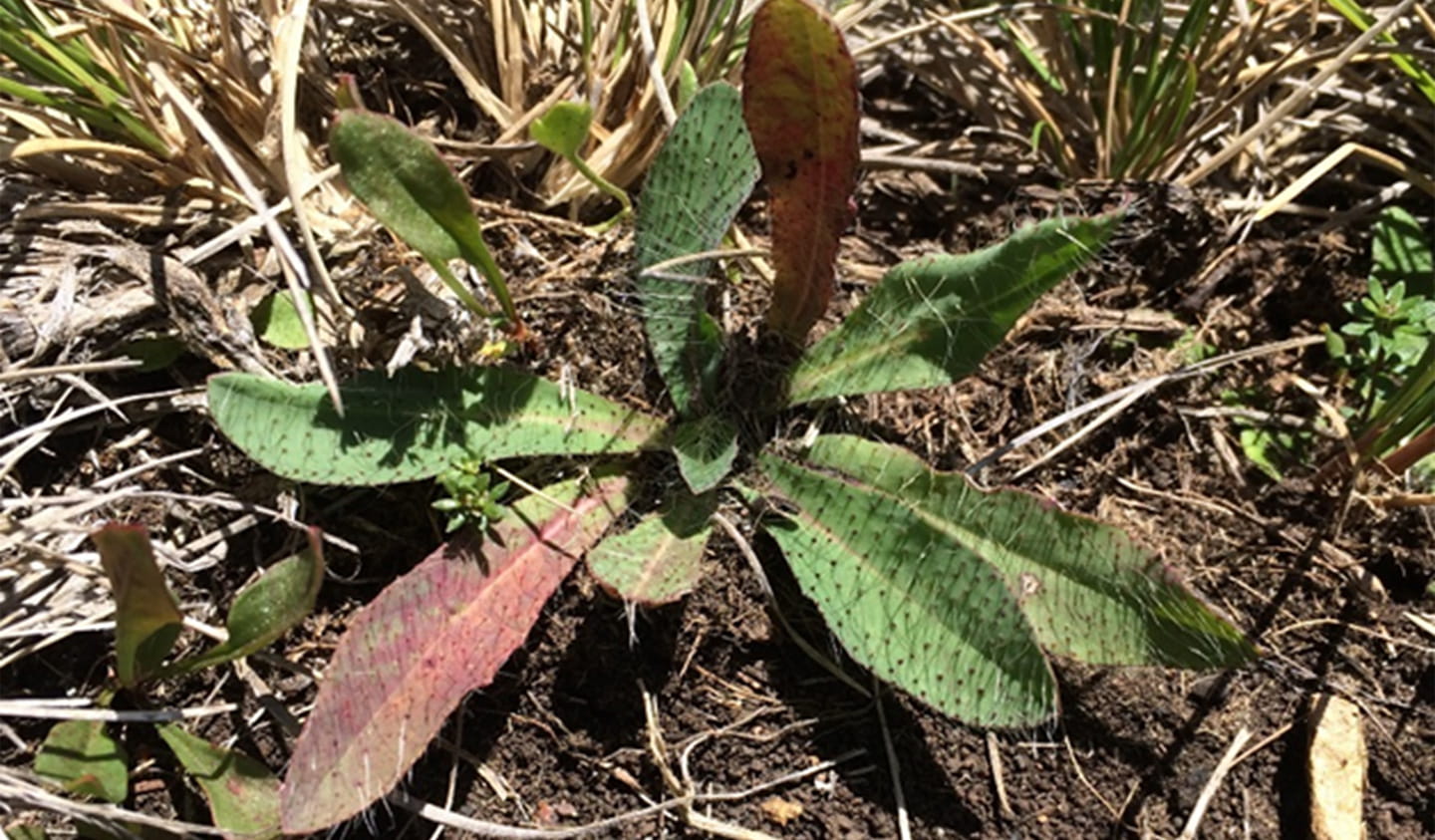
Threats and conservation of the alps
The Alpine environment is one of Australia’s most threatened habitats and has been highly infiltrated by weeds.


